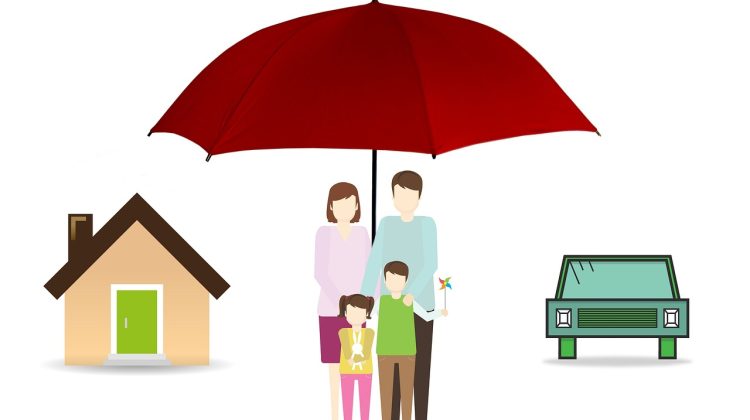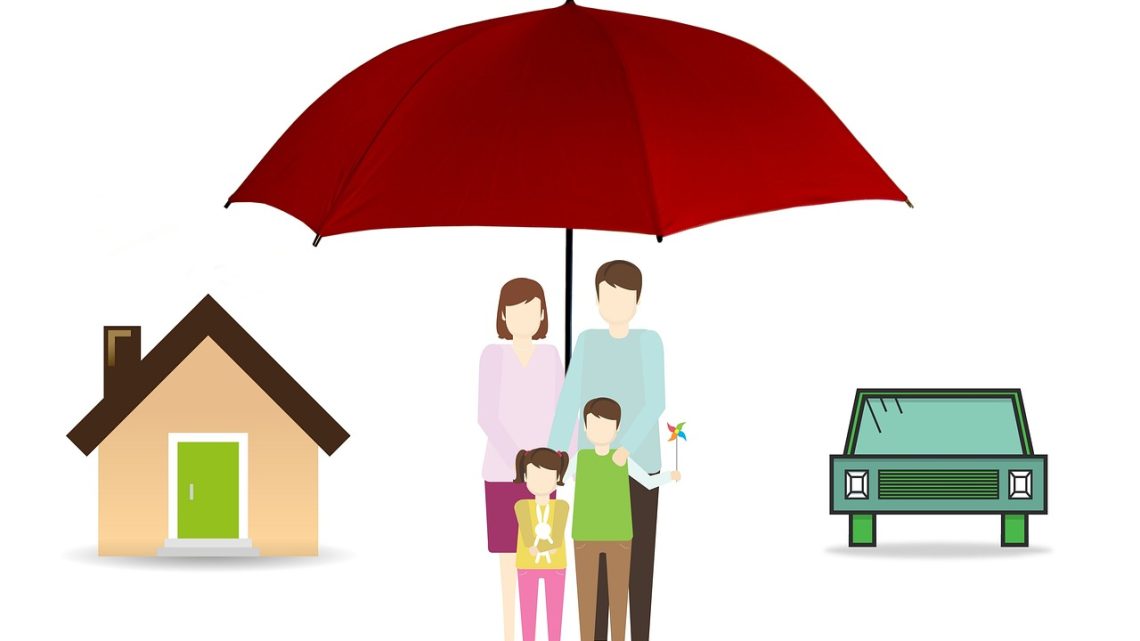By: Ahsan Bashir, http://www.MyTexasAgent.com
What is Food Insurance?
Flood Insurance, as the name states is Insurance for damage caused by Floods. Flooding is defined by the National Flood Insurance Program as a general and temporary condition of partial or incomplete inundation of two or more acres of normally dry land area or two or more properties (at least one of which is your property from: Overflow of inland waters, unusual and rapid accumulation or runoff of surface waters from ANY SOURCE, and mudflows. This can be brought on by landslides, hurricanes, earthquakes, or other natural disasters that influence flooding, but while a homeowner may, for example, have earthquake coverage, that coverage may not cover floods as a result of earthquakes.
The loss resulting due to a Flood is not covered by a Homeowners Insurance policy. Private Insurers in the United States do not provide Flood Insurance coverage. To determine the risk factors for certain properties, Insurers often refer to the topographical maps that show lowlands and flood plains that are susceptible to flooding.
Why Private Insurers do not provide Flood Coverage?
Adverse selection, anti selection, or negative selection is a term used in economics, insurance, statistics and risk management. It refers to a market process in which “bad” results occur when buyers and sellers have assymetric information (i.e. access to different information): the “bad” products or customers are more likely to be selected. A bank that sets one price for all its checking account customers runs the risk of being adversely selected against by its low-balance, high-activity (and hence least profitable) customers.
The term adverse selection is a term originally used in the Insurance concepts. It describes a situation where an individual’s demand for insurance (either the propensity to buy insurance, or the quantity purchased, or both) is positively correlated with the individual’s risk of loss (e.g. higher risks buy more insurance), and the insurer is unable to allow for this correlation in the price of insurance. This may be because of private information known only to the individual (information asymmetry), or because of regulations or social norms which prevent the insurer from using certain categories of known information to set prices (e.g. the insurer may be prohibited from using information such as gender or ethnic origin or genetic test results). The latter scenario is sometimes referred to as ‘regulatory adverse selection’.
Nationwide, only 20% of American homes at risk for floods are covered by flood insurance. Private insurers are unable to insure against the peril of flood due to the prevalence of adverse selection which is the purchase of insurance by persons most affected by the specific peril of flood. In traditional insurance, insurers use the economic law of large numbers to charge a relatively small fee to large numbers of people in order to pay the claims of the small numbers of claimants who have suffered a loss. Unfortunately, in flood insurance, the numbers of claimants is larger than the available number of persons interested in protecting their property from the peril, which means that insurers are unable to cover their costs in flood insurance.
In certain flood-prone areas, the Federal Government requires flood insurance to secure mortgage loans backed by federal agencies such as the FHA and VA. However, the program has never worked as insurance, because of adverse selection. It has never priced people out of living in very risky areas by charging an appropriate premium, instead, too few places are included in the must-insure category, and premiums are artificially low.” The lack of flood insurance can be detrimental to many homeowners who may discover only after the damage has been done that their standard insurance policies do not cover flooding.
The National Association of Insurance Commissioners (NAIC) found that 33 percent of U.S. heads of household still hold the false belief that flood damage is covered by a standard homeowners policy. FEMA states approximately 50% of low flood zone risk borrowers think they are ineligible and CAN NOT buy flood insurance. Anyone can buy flood insurance as long as their community participates in the NFIP, even renters.
If you are eligible, you must purchase a separate flood insurance policy through an insurance company that participates in the National Flood Insurance Program (NFIP). Flood insurance is available for residents of approximately 19,000 communities nationwide
About the author
Insurance and Financial Advisor located in Irving TX.
www.MyTexasAgent.com










No Comment